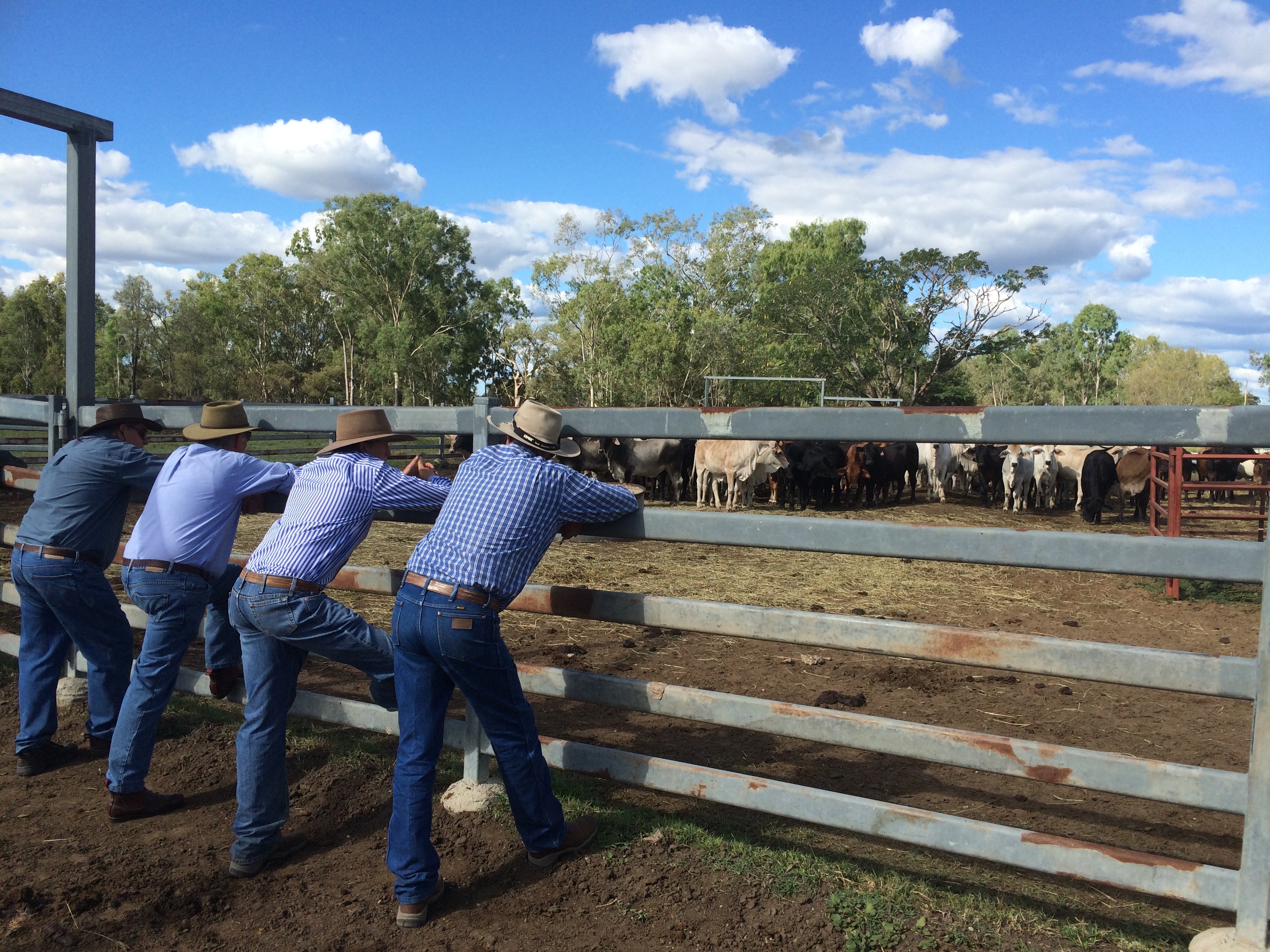
Some observations from US food writer Alexei Rudolf
G’day Home Plate reader!
On a recent trip to Australia, I got to have an up-close and personal look at grassfed beef farms and ranches in action. My trip Down Under was an amazing experience, and there was so much to learn about the art and science of raising grassfed beef! Farmers in Australia choose their cattle breeds based on their climate, territory and market demands, and spend much of their time managing the land itself, while the cows are left to do what they do – roam around and graze with minimal human contact. The techniques ranged from high-tech; like using drones and iPad apps to monitor a wide-ranging herd at Calliope station in Queensland, to the low-tech – encouraging dung beetles and other invertebrates to improve soil health and pastures at Oombabeer Station. Who would have thought that cattle farmers would be thinking about dung beetles!
On my tours of cattle farms and properties, I met a number of ranchers that were really impressive with their deep and detailed knowledge of their craft, care for the animals, and eagerness to continue to learn and improve efficiency and sustainability. One of those was a young cattleman from South Australia, Jason Schulz, who with his wife runs a cattle and sheep operation called Raven Limousin (named after the breed of cattle, not the fancy car). As we drove around Queensland, he was gracious in answering all of my ignorant American questions, and encyclopedic in his knowledge of the cattle business. On his farm, the cattle and sheep graze in rotation on pastures where nutritious lucerne, veldt and rye grasses have been sown. The climate at his Coolaroo farm is well-suited to growing these grasses, and are also a good match with the breeds of cattle he’s using. Kudos to Jason for being named “2015 Young Beef Ambassador” by Rabobank!
One thing Jason and other Aussie cattlemen told me that was amazing: as a guideline, grassfed beef farmers in Queensland and Northern Australia try to have no more than 1 cow per 8 acres of land (about 350,000 square feet) – that’s considered “high density!” Around where Jason’s farm is and other parts of Australia where the climate is wetter, milder and more conducive to improved pastures, the ratio can be more dense, like 1 cow per 4 acres. Fewer grazing cows per acre is better for the health of the animals, protects the soil and grasses, and helps keep the grazelands going from year to year. You can get a sense of how fundamentally different raising cattle entirely on grass can be.

